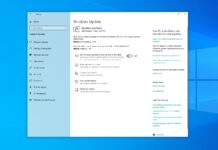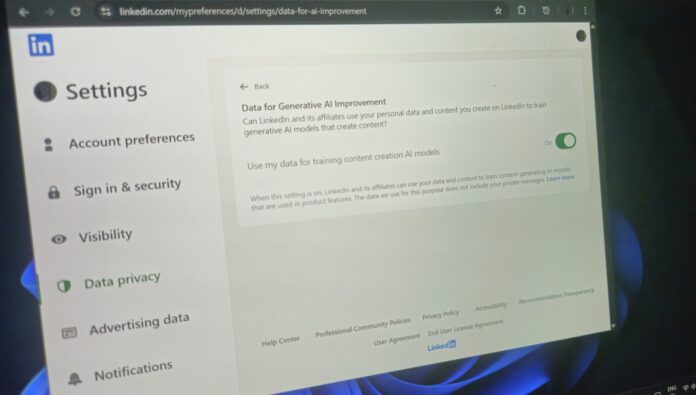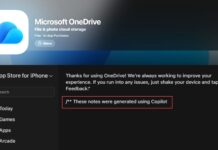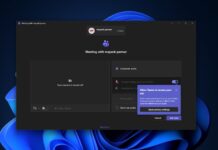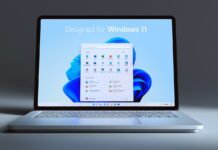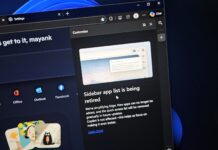Microsoft-owned LinkedIn will improve AI-related features, including its algorithm, by quietly training AI models on your data. LinkedIn warned its members in a fresh email. You can block LinkedIn from AI training on your data by turning off the “feature” under Settings > Data Privacy > Data for Generative AI Improvement.
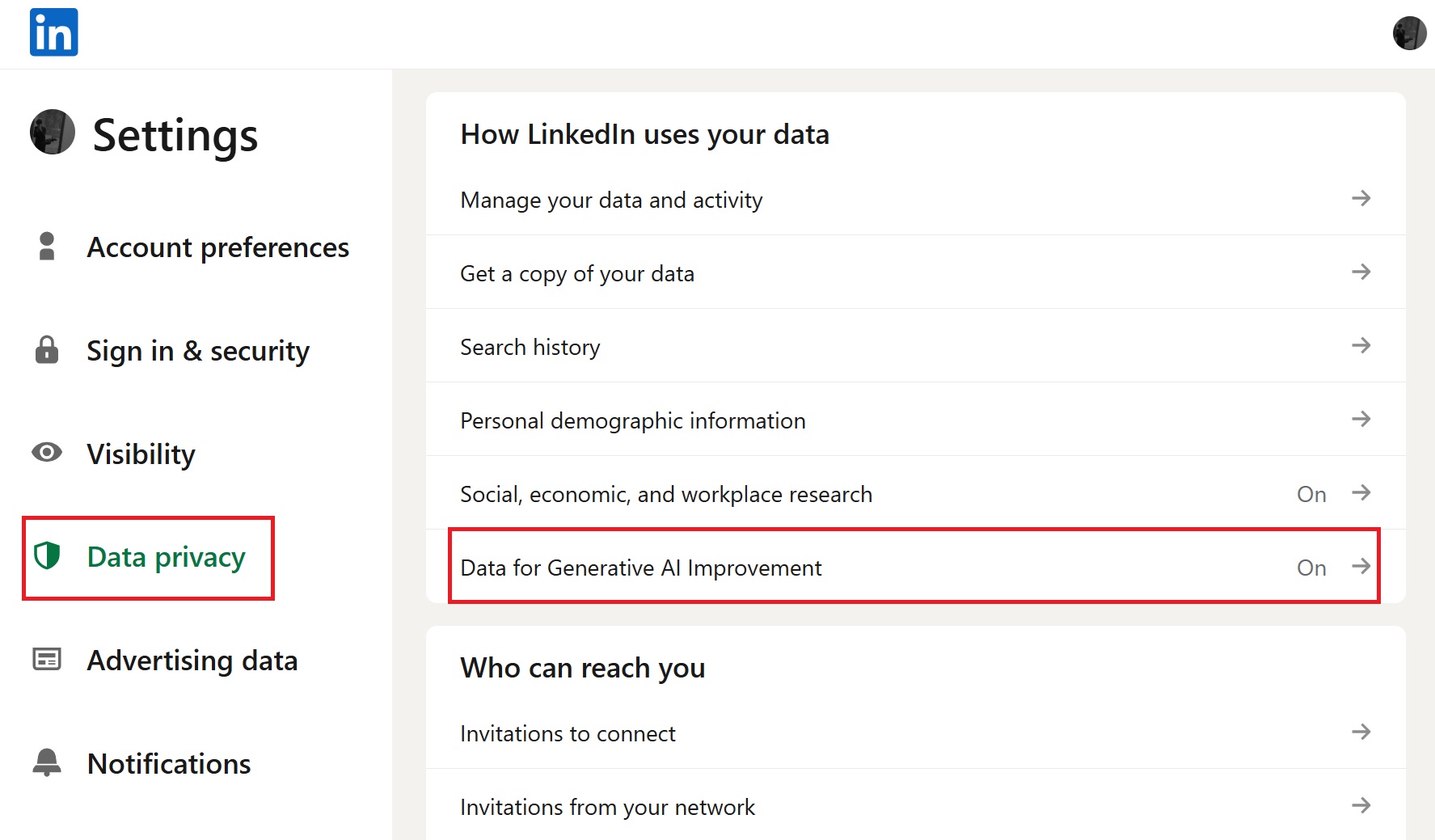
In an email rolling out to LinkedIn members, Microsoft warned that LinkedIn will begin training AI models for all users, including those who are based in EEA countries. The United Kingdom and Switzerland are affected too.
“Starting on November 3, 2025, we’ll also use data from members in your region to improve the content-generating AI that enhances your experience and better connects our members to opportunities,” LinkedIn noted in an email spotted by Windows Latest.
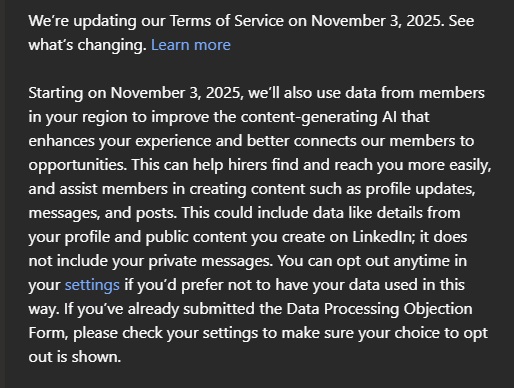
LinkedIn wants you to believe that sharing data with the company will contribute to the greater good and it’ll benefit everyone, including you. For example, LinkedIn says AI can help “hirers find and reach you more easily.” Do you see the chicky wording? It might actually convince some people to keep the toggle turned on.
Moreover, LinkedIn trains its data on public profiles and posts. This means the data could be used towards the platform’s AI features, like “Rewrite using AI.” I would not be surprised if all posts written using LinkedIn’s AI end up looking very similar to what has already been posted by humans.
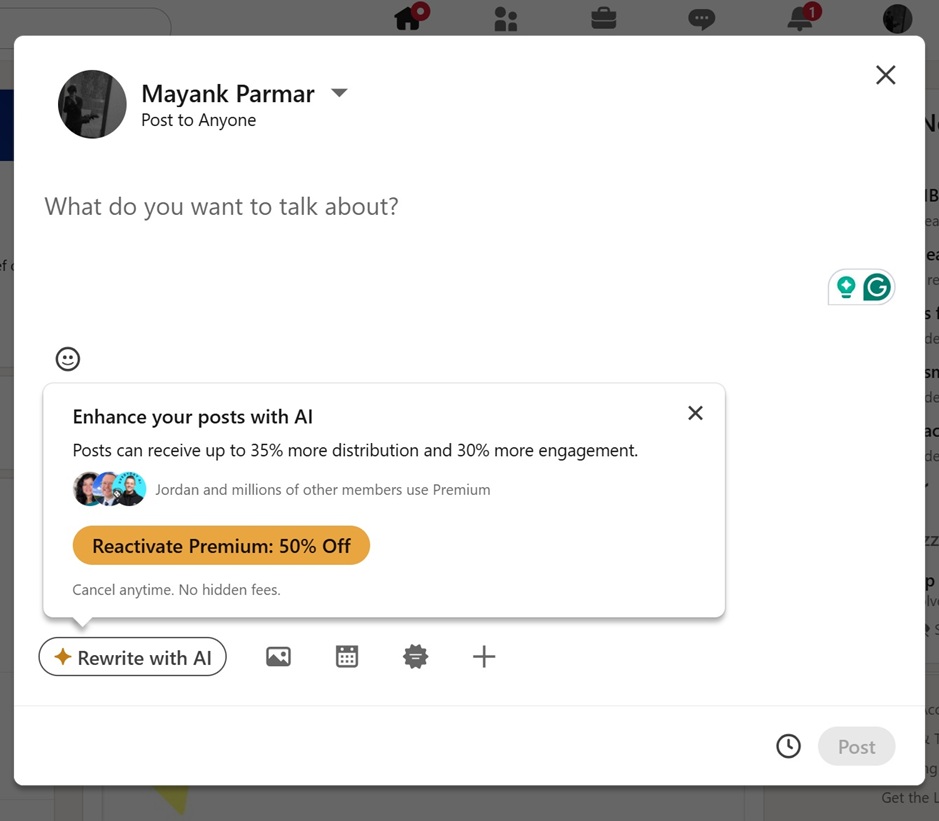
However, if you’re based out of the EU, you’ll be given more options, and it won’t be as bad as the rest of the world.
In our tests, Windows Latest found that the “Data for Generative AI Improvement” setting is on by default, so LinkedIn may use your data to train content-generating AI models unless you turn it off. This applies to the EU/UK too.
But if you’re in the Designated Countries (EEA + Switzerland) or the UK, LinkedIn says your personal info won’t be made available to affiliates (like Microsoft) for generative AI training without further notice.
Can you turn off LinkedIn’s AI training?
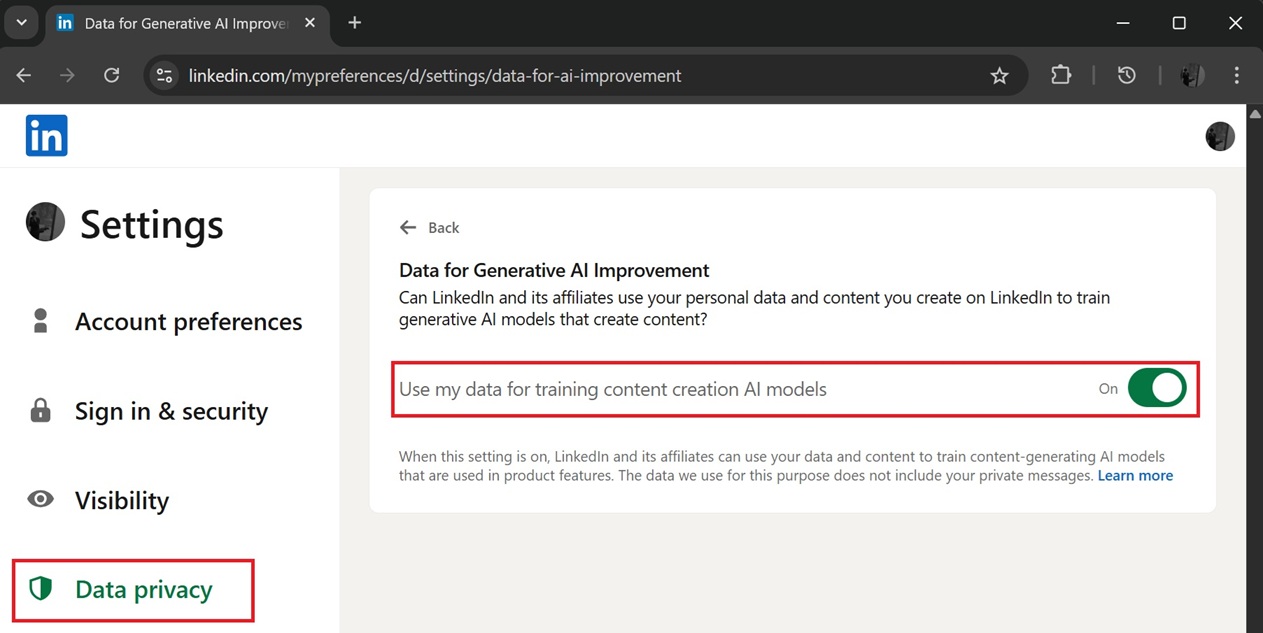
To opt out of LinkedIn’s forced AI model training, open Settings > Data Privacy > Data for Generative AI Improvement, and finally turn off “Use my data for training content creation AI models.” Or just directly visit settings on LinkedIn using the link I found.
In my case, I created the account in the United States, and the toggle was automatically turned on.
While you can turn off the toggle, it will not “undo” training already done on your data.
“Turning the setting off means that we (LinkedIn and our affiliates) won’t use the data and content you provided to LinkedIn to train models that generate content going forward. Opting out does not affect training that has already taken place,” LinkedIn explained in a support document.
LinkedIn confirmed that private messages or posts are excluded from training.
LinkedIn is a subsidiary of Microsoft, but it won’t shy away from adding AI features
While LinkedIn is owned by Microsoft, it actually operates independently (sort of). Legally, LinkedIn is a subsidiary of Microsoft and is not as influenced by Microsoft culture as the rest of its products. But that doesn’t mean the company won’t join the AI wave. LinkedIn already offers AI features.
For example, regardless of how you use LinkedIn, if you try to post anything, you could be nudged to use its “Rewrite with AI.” Remember that LinkedIn uses Microsoft-hosted OpenAI’s models for its AI features.
It likely has its own AI models, specifically tailored for job hunting and (cringeworthy) posting on the platform.








